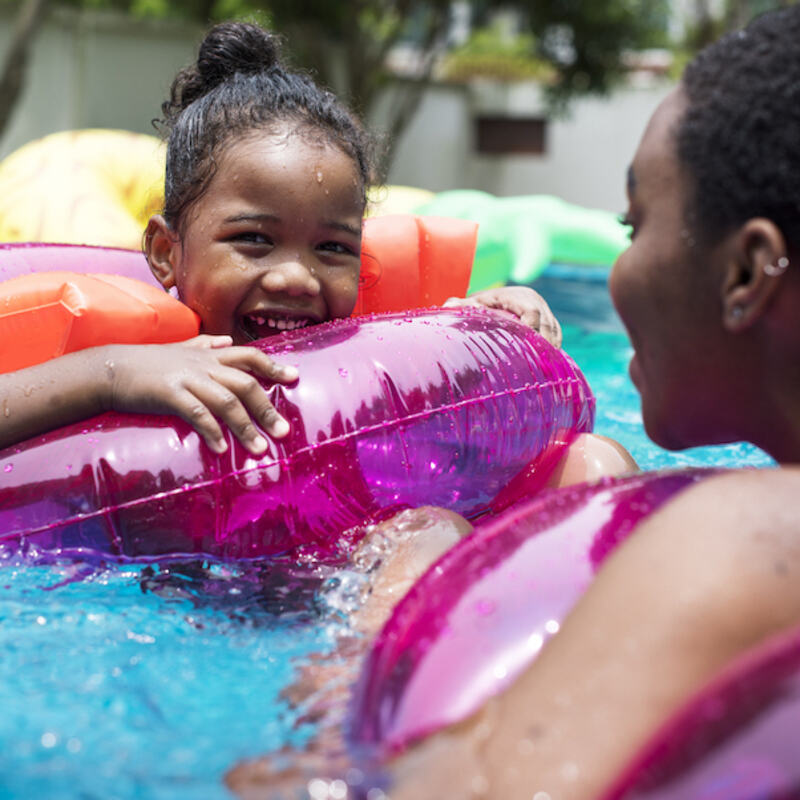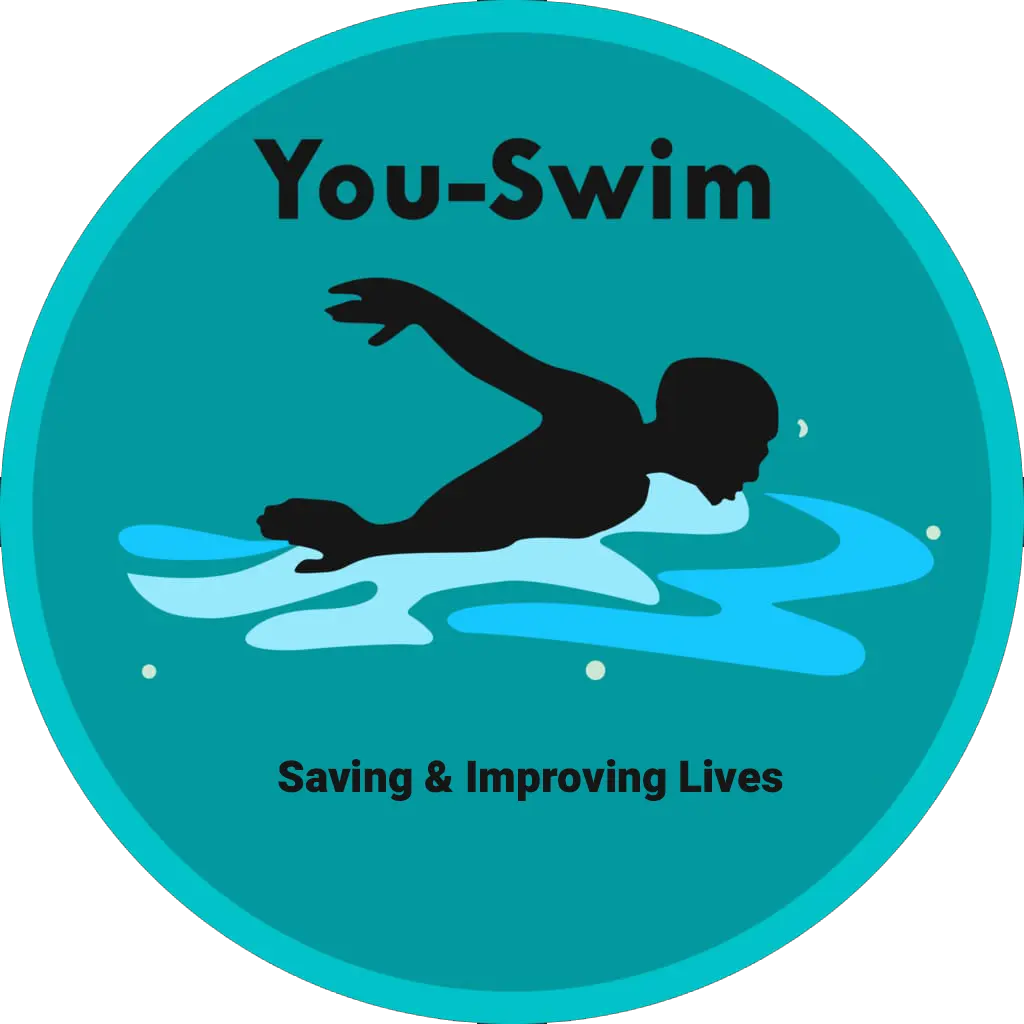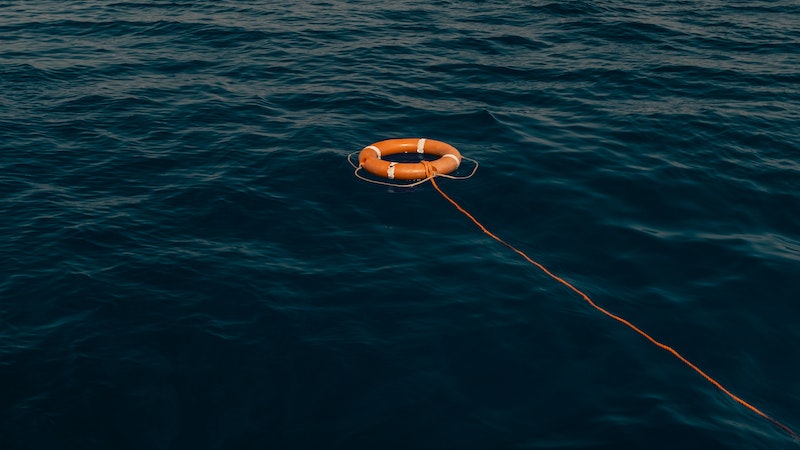Introduction To Water Safety
World Health Organization (WHO) estimates that drowning is responsible for the deaths of over 360,000 people globally each year. It’s estimated that the number of deaths in Kenya by drowning keeps rising every day. This highlights the importance of water safety education and the need to increase the number of people who know how to swim in the country.
Why should you learn how to swim?
Swimming is a vital life skill that can save lives. In Kenya, many people live near bodies of water. Knowing how to swim can be the difference between life and death. Unfortunately, many Kenyans do not know how to swim, and this puts them at risk of drowning. This is why water safety education is crucial in Kenya, and swimming is an integral part of this education.
Being part of water safety education, swimming teaches people how to stay afloat. It also teaches people how to get to safety if they fall into deep water. Additionally, swimming lessons can teach children and adults how to recognize and avoid dangerous situations in and around water. This knowledge can help prevent accidents and save lives.
Currently, there are several programs and initiatives in Kenya that aim to promote water safety education. These initiatives are also looking to increase the number of people who know how to swim.

1. Kenya Swimming Federation
One of the most prominent initiatives is the Kenya Swimming Federation. This is the national governing body for swimming in the country. The federation works to develop and promote swimming as a sport and as a life-saving skill. They also offer swimming lessons for children and adults through their affiliated clubs and coaches.
2. Swim For Life
Another initiative is the “Swim for Life” program, which is run by the National Water Conservation and Pipeline Corporation. This program aims to educate school-aged children about water safety and to teach them how to swim. The program has trained thousands of children in schools across the country, and it continues to expand to reach more children each year.
3. Private Swimming Schools and Coaches
In addition to these initiatives, there are also private swimming schools and coaches that offer swimming lessons to the public. These schools provide a range of swimming lessons, from beginner to advanced levels, for children and adults.
Some swimming schools also offer special needs programs for children with disabilities. This provides them with the opportunity to learn this life-saving skill.
Moreover, it is also important to note that swimming is not only a life-saving skill but also a great form of exercise. Swimming can help to improve cardiovascular fitness, build endurance and strength, and improve overall health and well-being.
Conclusion
Swimming is a crucial life skill that offers to drown prevention saving lives in Kenya. There are several programs and initiatives in the country that aim to promote water safety education and increase the number of people who know how to swim. It is important for parents, schools, and communities to support and participate in such initiatives to ensure the safety of their children and communities. Moreover, swimming is not only a life-saving skill but also a great form of exercise that can improve overall health and well-being.
Learning how to swim prevents water accidents, including fatal drowning. Take a bold step and start swimming classes for you and your family. Reach out today to schedule swimming classes in Nairobi, Kisumu, Naivasha, Eldoret, Mombasa and Nakuru at 0790407181. Alternatively, you can make a reservation for either/both adult(s) and child(ren), here. We will reach out to you to confirm and schedule the swimming classes.
Digital Marketer: Roseline Maina


